Lotus Beeswax Candle
€ 12.00
Onça collaboration with Bee Farm Dinevi from Bulgaria offers high quality beeswax candles. The nomadic beekeepers harvest their honey from the protected Upper Thracian lowland near Diado (Grandpa) and Omarovo villages. This Lotus Beeswax Candle carries the light of summer flower bouquet to brighten the long winter days. Burning beeswax candle neutralises air pollutants in the air like dust, odours and mold, improving breathing.
When you burn a candle in your home you are directly impacting the quality of the air that you and your loved ones will be breathing. Beeswax candles are 100% naturally derived, are sourced with minimal environmental impact, require no chemical processing, and provide a pure, clean-burning experience. Beeswax candles support beekeepers in their ongoing care and stewardship of honeybees.
Hand Poured + Gift Package + Small Batches
BEST FOR: Home ritual assigned to the Queen Bee known as Cybele, Kybela, Magna Mater, Earth Mother, Pachamama. Bring peace, prosperity and abundance to your home. Protect against illness, negative energies and vibrations. Beeswax candles are biodegradable, healthy, and relaxing for all your senses. Since we don’t need to add any fragrance or essential oil scents to enjoy the wax, individuals who may normally get headaches or are allergic to other types of candles will find beeswax candles to be much more soothing.
HOW TO USE: Light the candle and set your intention. Use to discard negativity in your sacred ceremony space. Celebrate the Goddess, your ancestral roots and living forces pouring through. Open your heart and let the candle disperse nourishing golden light. Her energy tames the wild beasts. Inhale deep with your belly. Trust the transformational power. Exhale. Relax.
With this votive lotus candle one can evoke the healing power of the Goddess. If you’ve ever experienced sexual shame or repression, had your anger misunderstood, felt powerless, been at war with yourself or others, then you can turn to the Queen Bee to seek balance and truth. Contemplate over your sacral sexual energy, lifting it up, visualising every wound, embracing it and filling it with healing honey dew.
You can call on Artemis any time you feel you need a little help – before a job interview, a difficult conversation, if you’re feeling overwhelmed or tired. She will come stand beside you and give you her loving support. Call on Artemis Ephesia and feel her presence. She will support you through any challenge.
With Artemis I know that I am…
Absolutely nourished and supported.
Completely protected. Completely loved.
Called to create. Inspired to be productive.
Note – You can anoint the candle with Onça Anointing Oil before setting your intention.
HOW TO CARE:
• Burning candles should always be in a safe place and never left unattended or with children/pets.
• Do not burn candle completely, and dispose of it when it reaches its base and/or holder.
MAGIC: The honey comb is seen in architecture in her city of Ephesus – “City of the Bee” Her priestesses were called Melissa – a name that means “bee”. The bee represents the magic of creation, transformation, divine perfection and healing. Artemis as Queen Bee, is the source of all these. Connecting with Artemis while contenplating with her symbols. Put the bee or an image of her statue where you can see it every day. Let the symbols of Artemis speak to you. What do they mean to you? Wild places tap into the deep heart of the Earth and the heart of the Goddess. Artemis is alive in the wild places. Open your heart and take time to feel her presence. Feel how she supports and strengthens you. Let yourself return to balance. Also, listen for messages – as Mistress of Animals, Cybele often sends us messages through animals.
Dedicate a wild space to the Queen Bee. This can be a place in your back yard or your garden or even just a few plants in pots on your balcony. Grow flowers and herbs that have healing connection, like lavender or rosemary, always buzzing with bees. Remember to leave offerings – you can pour bowls of honey, offer flowers, nuts and coins. Make art, draw, write poems, do crafty things for no reason at all, make delicious foods. All these things are acts of creation and transformation. Artemis inspires us to be productive and she loves it when we create.
Call on her by simply saying:
“Mother Artemis, be with me. Grant me your strength and protection.”
Why Beeswax?
Beeswax gets its color and scent from the honey, pollen, and propolis that the bees store inside the beehive. Like honey, the composition of beeswax depends on the flowers and plants where the honeybees have foraged, so each batch is unique.
• Beeswax is free of toxins
• 100% beeswax candles have no additives and emit the natural aroma of honey without any added scents
• Beeswax is denser than other waxes, which helps it burn more slowly, and therefore your candle will last longer than other wax types
• The light from a beeswax flame is on the same spectrum as natural sunlight
• Because of their pure, natural composition, beeswax candles don’t release soot while burning
The Nomadic Beekeepers History:
Our experience in beekeeping dates back to 1930, when my great-grandmother Maria got her first bee family, which was settled with a simple hive (grass). Our great-grandmother’s desire was so strong that she haggled for free for a whole summer at a local beekeeper’s apiary, in order to get not only experience, but also a hive in the fall. Over the years, the love for these insects grew in proportion to their number in the hives.
Our father Ivan willingly absorbed the experience and knowledge of the already elderly woman. Diligently advanced in his grandmother’s livelihood. When he was only fifteen years old, he replaced the reeds with a European hive of the Dadan-Blatt type (1965), and later Langstroth-Ruth (1980).
Since we were children, my brother and I have been enthusiastically helping with the service of bee colonies and diligently participated in extracting the nectar elixir-bee honey. We are currently working with about 300 bee families located in three settlements (around St. Elias Heights in South-east Bulgaria) in the passive cycle of the year, while in the active cycle we practice mobile beekeeping, through which we obtain about or more than 10 types of honey, under the watchful eye of the Bulgarian Agency on food safety – BBAH. Thanks to the hard work of the bees, we offer you the following bee products:
• Honey
• Flowered bee sling
• Perga
• Royal jelly
• Bee glue (propolis)
• Beeswax
Since 2018, we have started studying the art of candle making. It turned out that lighting a beeswax candle is not only romantic, but also a source of health. During burning, wax candles emit negative particles into the atmosphere, which, upon contact with positively charged dust particles, completely neutralise them. Purification in this way has been shown to create a favorable environment for asthmatics and relieve the symptoms of an allergic reaction in others. Beeswax contains propolis, which is a natural antiseptic and cleans the air well of pathogens when burned.
KEY INGREDIENTS:
♦ Beeswax: Bees collect nectar and pollen to make honey to feed the hive. As they eat honey, their bodies make wax. Chewing this wax with a little more honey, the bees build combs. When the time is just right, beekeepers open these “honey pantries” to collect the extra honey and humans collect combs to make pure beeswax candles. The exact process of how a bee transfers the wax scales from its abdomen to its mandibles was a mystery for years. It’s now understood to be processed in either of two ways. Most of the activities in the hive are cooperative so it should be no surprise that other worker bees are willing to remove the wax scales from their neighbors and then chew them. The other method is for the same bee extruding the wax to process her own wax scales. This is done using one hind leg to move a wax scale to the first pair of legs (forelegs). A foreleg then makes the final transfer to the mandibles where it is masticated, and then applied to the comb being constructed or repaired.
A honeycomb constructed from beeswax is a triumph of engineering. It consists of hexagon shaped cylinders (six-sided) that fit naturally side-by-side. It has been proven that making the cells into hexagons is the most efficient shape for using the smallest possible amount of wax to contain the highest volume of honey. It has also been shown to be one of the strongest possible shapes while using the least amount of material.
The color of beeswax comprising a comb is at first white and then darkens with age and use. This is especially true if it is used to raise brood. Pigmentation in the wax can result in colors ranging from white, through shades of yellow, orange, red, and darker all the way to brownish black. The color has no significance as to the quality of the wax (other than its aesthetic appeal).
E N E R G E T I C S
🐝 One finds plenty off bee and bee hive depictions in the Vatican, as it was build over the ancient worship temple of Magna Mater – Cybele. The Papacy continues to use these ancient Matriarchal symbols. Onça’s aim is to revive the ancient Holy Mother worshiping traditions, that could guide us into the accelerating change of ages. Beeswax Candles are thought to be the perfect remedy during Armageddon, when the dark & light energies balance out and three days of dark arrive. The prophecy foretells three days and nights of “an intense darkness” over the whole earth, against which the only light will come from blessed beeswax candles.
🐝 Marie-Julie Jahenny (1850–1941), known as the “Breton Stigmatist,” expanded upon the story of the Three Days of Darkness. According to Jahenny, it would occur on a Thursday, Friday and Saturday; all of Hell would be let loose to strike at those outside their homes and those without a lit blessed candle of pure wax. These candles would miraculously stay aflame the entire period, but not light at all in the houses of the godless.
Honey is Associated with Venus
The classical Greek poet Theocritus poem tells the story of how Cupid complains to his mother, Venus (the goddess of love), of how the bees sting him because he has stolen their hive. He wonders that creatures so small can inflict so much pain. Venus laughs and tells him that their stings can be compared to the wounds that he himself inflicts on all those hit by his arrows. The brief ecstasy of love may soon be replaced by suffering and heartbreak.
Artemis of Ephesus – the “Queen Bee”
We all know the Greek Artemis – the young huntress, daughter of Zeus and Leto, twin sister of Apollo. But, on the Western edge of modern-day Turkey – near the Aegean sea overlooking Greece – we find an Artemis who is very different. This Artemis is a regal Mother Goddess – a creative and fertile Nature Goddess. Her energy is grounded, protective, Earthy, fruitful and life-giving. She flows with nourishment and abundance.
Artemis, wears a mural crown of the city walls. This honors her role as Patroness of the city, Guardian of All who Enter. She is incredibly protective. At her neck, she wears garlands of fruit and flowers. Her arms are outstretched in a gesture of welcome and blessing. On her chest, are rows and rows of breasts, portraying Artemis as a nourishing Mother Goddess. For thousands of years, the Divine Feminine was imagined as the “Nurturer of the World”, often pictured with her hands cupping her breasts.
There has been some scholarly debate about whether these are really breasts… and in fact it may be a “play on words” or a mix of symbolism. The breasts may also represent bee eggs or pomegranates (likely, as amber pendants in the shape of pomegranates have been discovered – these were draped on the Goddess as offerings).
The rest of her body is shaped like a pillar, speaking of her strength, permanence and durability. This shape is an ancient form also related to Cybele (Kybela) and other Eastern Goddesses. Her dress is decorated with lions, goats, griffins, bulls, flowers. And most importantly…bees. Bees and honey are simply magical, and bee symbolism in sacred texts, art and artifacts dates back to the Neolithic Period. The Bee and the Goddess have been intertwined through time, and in multiple cultures – Egyptian, Minoan, Greek, Roman, Sumerian all featured Bee symbolism.
Other ancient Queen Bee symbolism
Agriculture – Bees are necessary for pollination, ensuring the health of the land and the nourishment of all creatures.
Food – Honey is delicious, full of nutrients and it is a perfect food that never spoils. Archaeologists have discovered honey jars thousands of years old. Sealed in pots, the honey was still preserved.
Healing – Honey has been used for millennia as a medicinal remedy. Honey is a digestive tonic, it helps with allergies. Honey was used in salves and in wound care as an anti-fungal, antibacterial agent.
Sacred Geometry – The perfection of the honeycomb represents divine harmony and community.
Magic of Creation – Hive construction and the production of honey are acts of transformation and genesis.
Ritual and Ceremony – Honey has long been used as an offering. It is used in ritual cakes and drinks. Bee hives were kept in temple complexes. Bee and honey imagery are often found on Goddess statues and adornments worn by her priestesses.
With Artemis I know that I am…
Absolutely nourished and supported.
Completely protected. Completely loved.
Called to create. Inspired to be productive.
Cybele
This week’s goddess is Cybele (pronounced kye-bell), whose sacred tree is the pine. Cybele is the earth mother goddess of what is now western Turkey, who had a popular and longstanding cult that eventually spread to Rome. She had a lover named Attis, who was also her grandson, whom she loved very much, and she showered him with gifts and attention. Despite the pampered treatment he enjoyed, Attis eventually became enamored of a nymph, and he could not keep the liaison a secret from Cybele. She was furious, and she tormented him until in madness he tore his genitals from his body. Attis died from his wound under a pine tree.
The Turkish Pine is renowned for its role in production of a type of honey. Aphids feed on the sap of the tree and sweat a sweet substance that attracts swarms of bees. The love of bees for this tree can be compared to the love of Cybele for Attis. Attis’ self-castration is evocative of the bee’s reproduction. When the bee drone has finished copulating with the queen, his organ is torn from his body as he pulls away. The drone then dies of his wounds. The furious torment of Attis by Cybele may have been like the swarming buzz of bees.
At the opening of Cybele’s spring ceremony in Rome, a pine branch was carried into the city to represent Attis. During the week-long ceremony, male initiates to one of her cults would castrate themselves during frenzied dancing (think of bees) and throw their testicles as an offering at the foot of her statue. The worship of Cybele and Attis had a death-and-resurrection theme, with rituals of mourning preceding ecstatic rites celebrating Attis’ rebirth.
“Amid tumultuous music, and rites of wildest sorrow, they sought and mourned for Attis in the mountains. On the third day he was found again, the image of the goddess was purified from the contagion of death, and a feast was celebrated as wild as had been the days of sorrow.” From Oskar Seyffert’s Dictionary of Classical Antiquities
“The Goddess is herself a queen bee about whom male drones swarm in midsummer, and as Cybele is often so pictured; the ecstatic self-castration of her priests was a type of the emasculation of the drone by the queen bee in the nuptial act.” From Robert Graves’ The White Goddess
Stand of Turkish Pine
Regarding the rites of Cybele: since she had a cult of castrated priests, transwomen have a traditional justification for establishing exclusionary religious practices to this goddess. However, the worship of Cybele, which dates to pre-history, was spread throughout the Mediterranean by Greco-Roman times and included different priesthoods of women, men, and mixed-sex groups, as well as castrated males. There is justification, historically, for persons of any sex or gender to establish a cult of Cybele.
I’ve heard this same sentiment of proprietary worship expressed by women, particularly lesbians, regarding the goddess Diana and the supposed inappropriateness of her worship by men. Diana is well known for her preference for women over men, but she has had celebrated male followers throughout history, among them the Roman king Servius Tullius, who established a famous temple to Diana outside Rome in the sixth century b.c.e.
The objection has been raised by certain Western critics of paganism regarding the affinity of witches for the Hindu goddess Kali-Ma. The argument (which I actually have never heard from any Hindus) is that Kali is a Hindu goddess and therefore should only be worshiped by Hindus.
The hard fact of the matter, however, is that we none of us own our gods. They are promiscuous, meaning they love who they choose to love and extend favors of their own volition to those who please them. You can establish a cult, a circle, a religion or a ceremonial system and include or initiate whoever you want, but worship is ultimately an agreement between the deity and devotee. Nobody can change that. Violating the boundaries of a religious cult is wrong, and willful violations were sometimes punished with death in ancient Greece, but there is a difference between placing boundaries around a practice and placing boundaries around a deity. The goddesses do what they want. Go ask Attis.
Light. Pray. Love.
***We offer local pickup and drop off (to select areas). Use code LOCALPICKUP to choose this option at checkout***
All of our products are:
♥ Handcrafted with love and care
♥ Made with natural, organic and wild-crafted ingredients
♥ Made fresh in small batches
♥ Never tested on animals, only on husbands and girlfriends
♥ No artificial colors, dyes or preservatives
♥ No chemicals, parabens, minerals or fillers
♥ Packaged in recyclable bottles/jars/ceramics
♥ Shipped in as much recycled and recyclable packaging as possible.
🦋Onça’s aim is to revive this sacred tradition, with symbolism for revival and regeneration, instead of judgment and punishment. The understanding of the cyclical power of Life and to show gratitude towards it, because without the seasons, our Earth would have been a very different place. Thanks to this story of transformation struggle, which blooms into fruitful harvest, we humans have existed. The wisdom here is to never forget how important for us is this balance of light and dark, summer and winter, sweet and sour.
🙏Thank you for supporting the nomad beeskeepers!
⭐️Follow us: instagram.com/onaritualofferings
++++++++++++ LEGAL STUFF ++++++++++++
Although they may smell edible, our products are NOT for human consumption. FOR EXTERNAL USE ONLY. No liability will be assumed by OnçaRitualOfferings for any claims arising out of the misuse or otherwise of these items or any other product sold or made by OnçaRitualOfferings.
OnçaRitualOfferings products and statements have not been evaluated by the FDA. These products are not intended to diagnose, treat, cure, or prevent any disease. Nor is it intended to prescribe in any way.
| Weight | 0.60 kg |
|---|---|
| Dimensions | 6 × 6 × 4 cm |
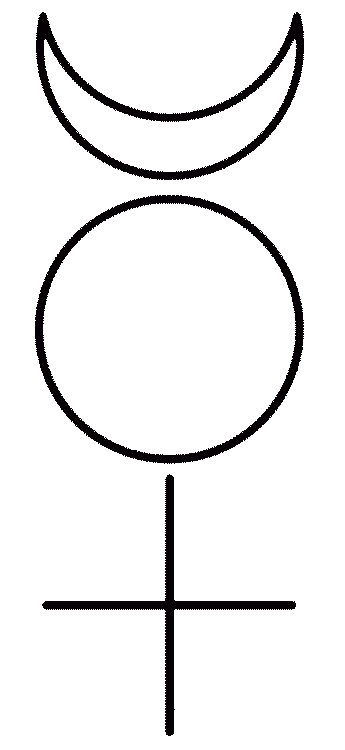
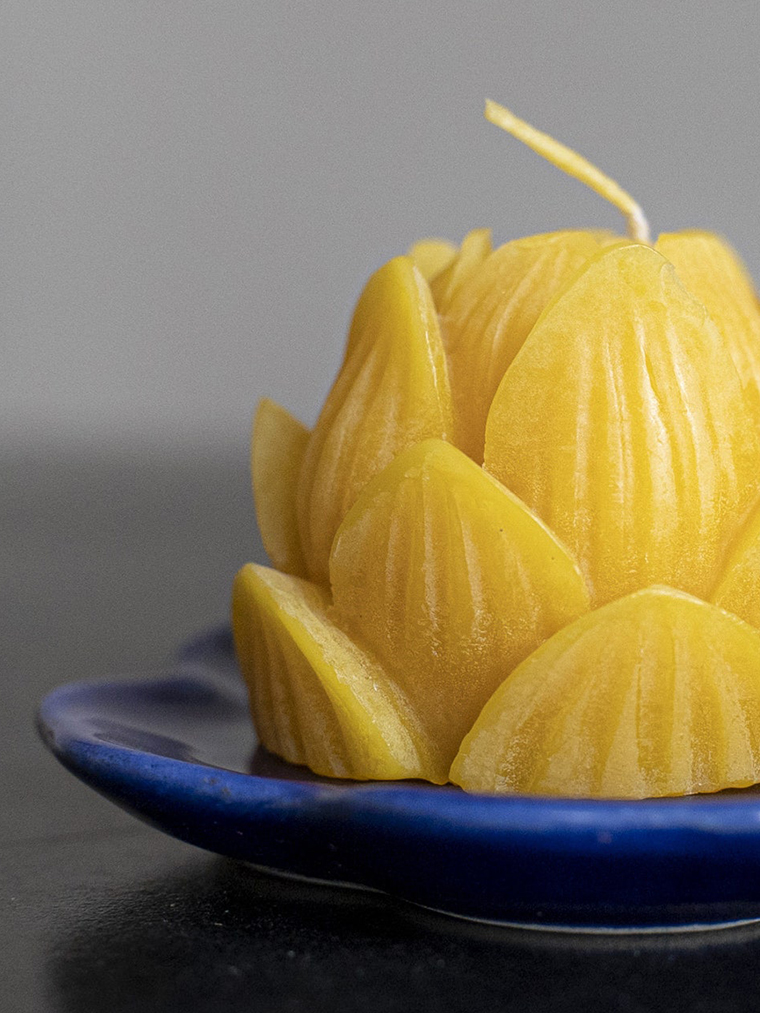
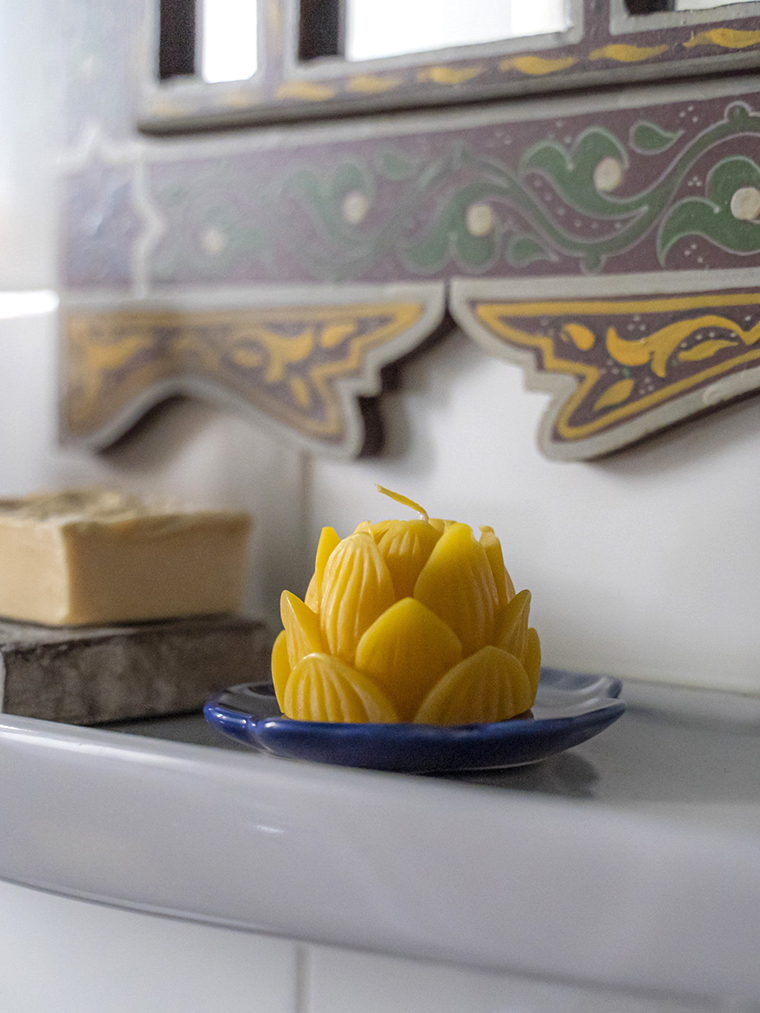
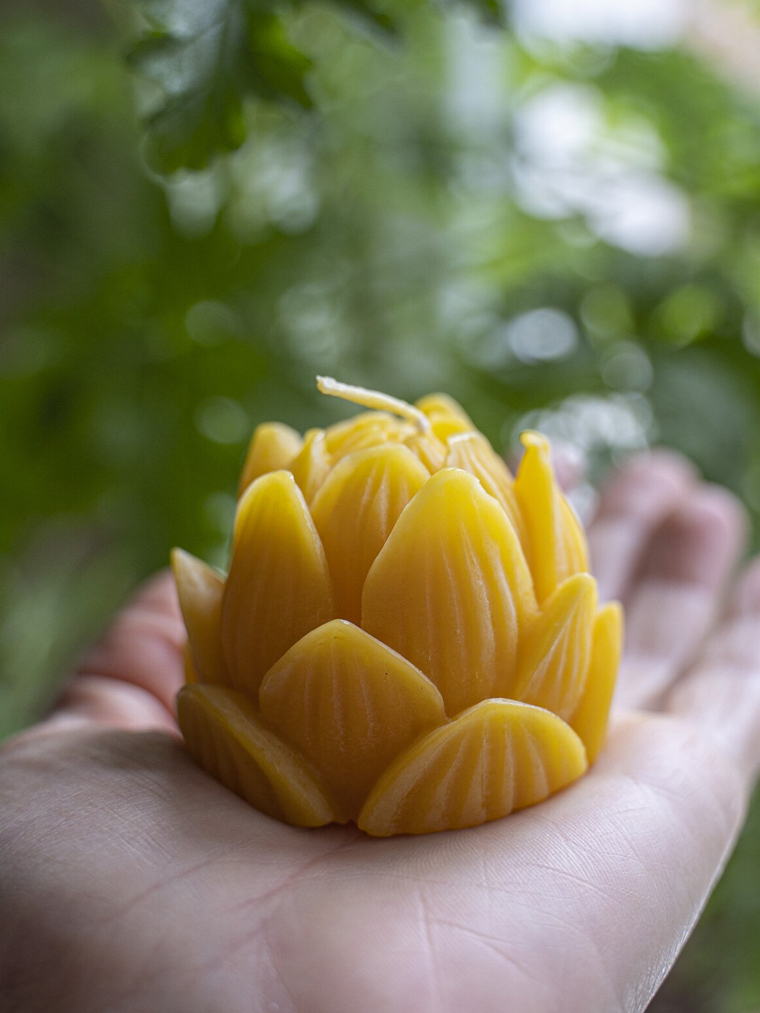
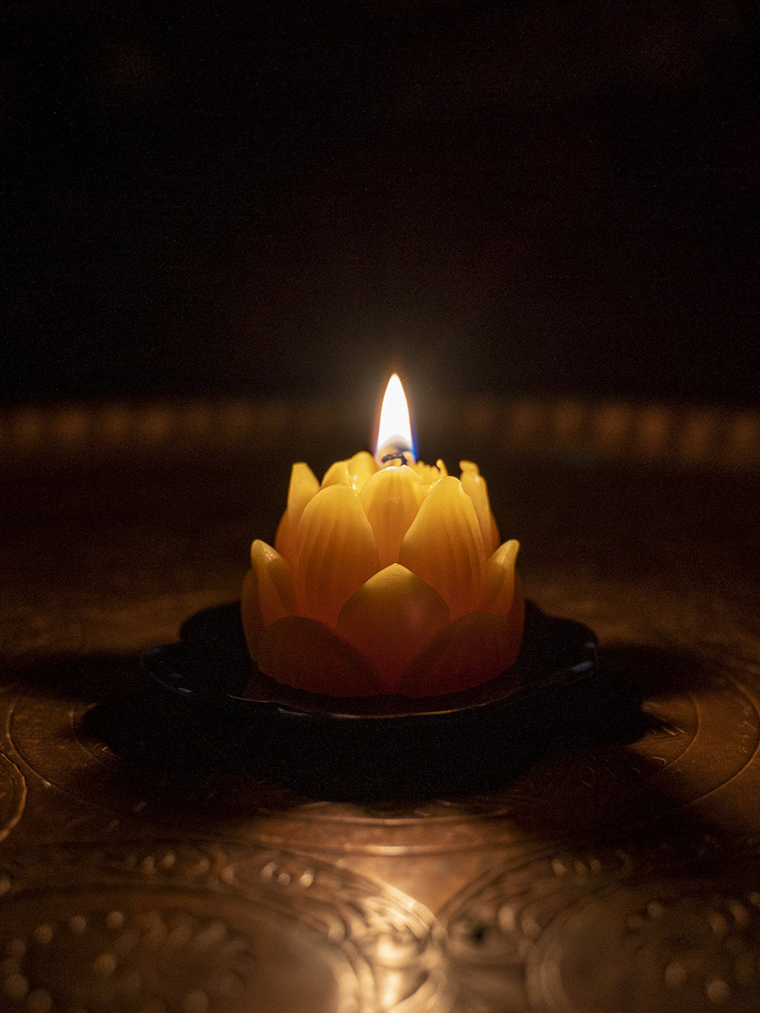
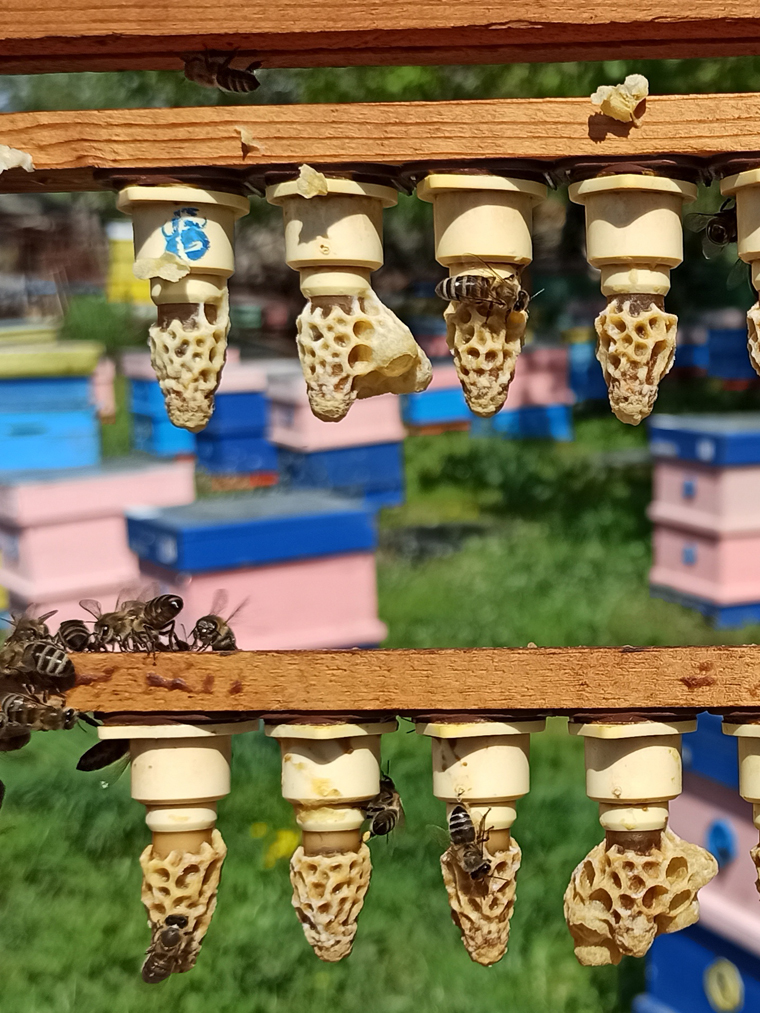
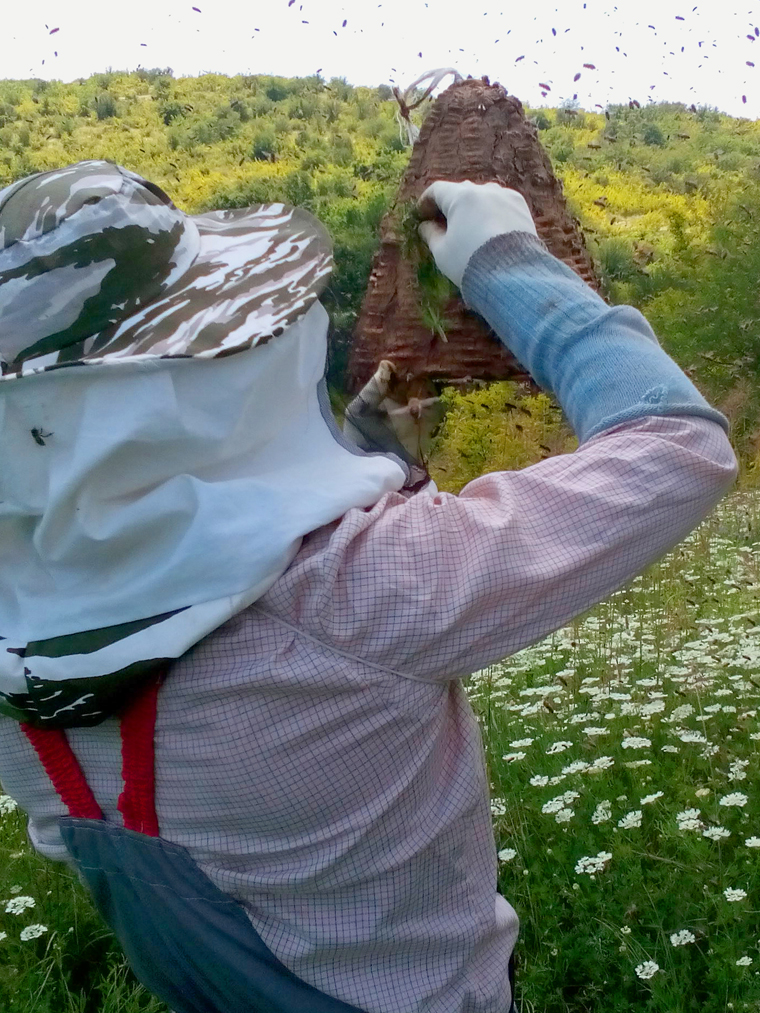
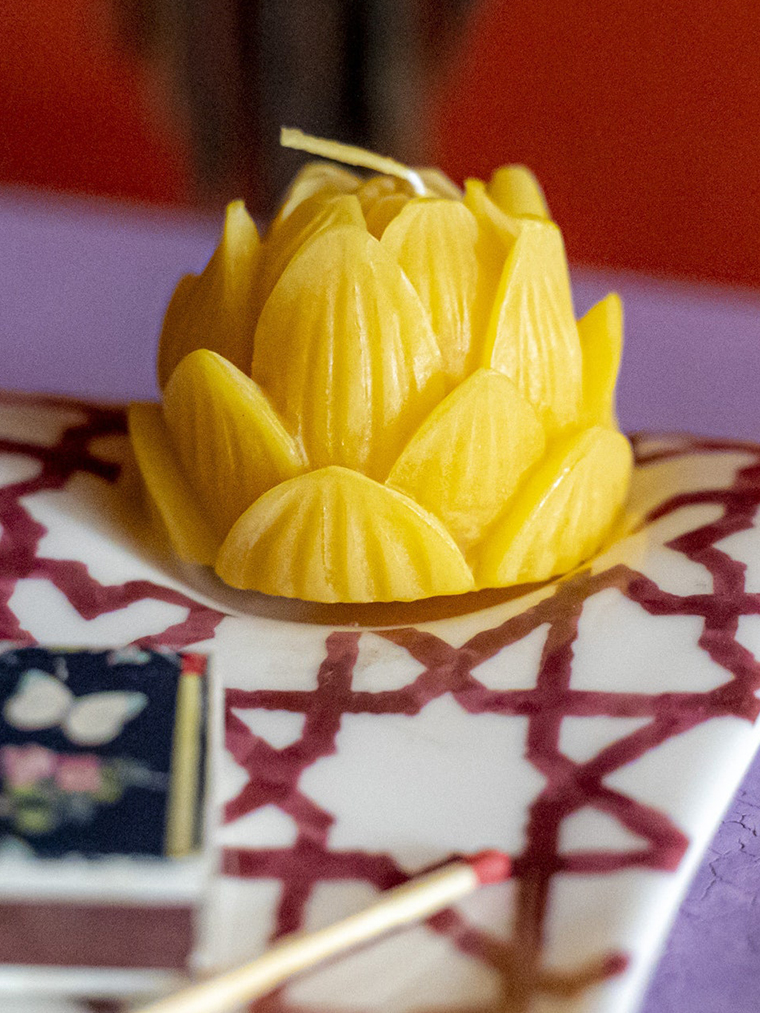
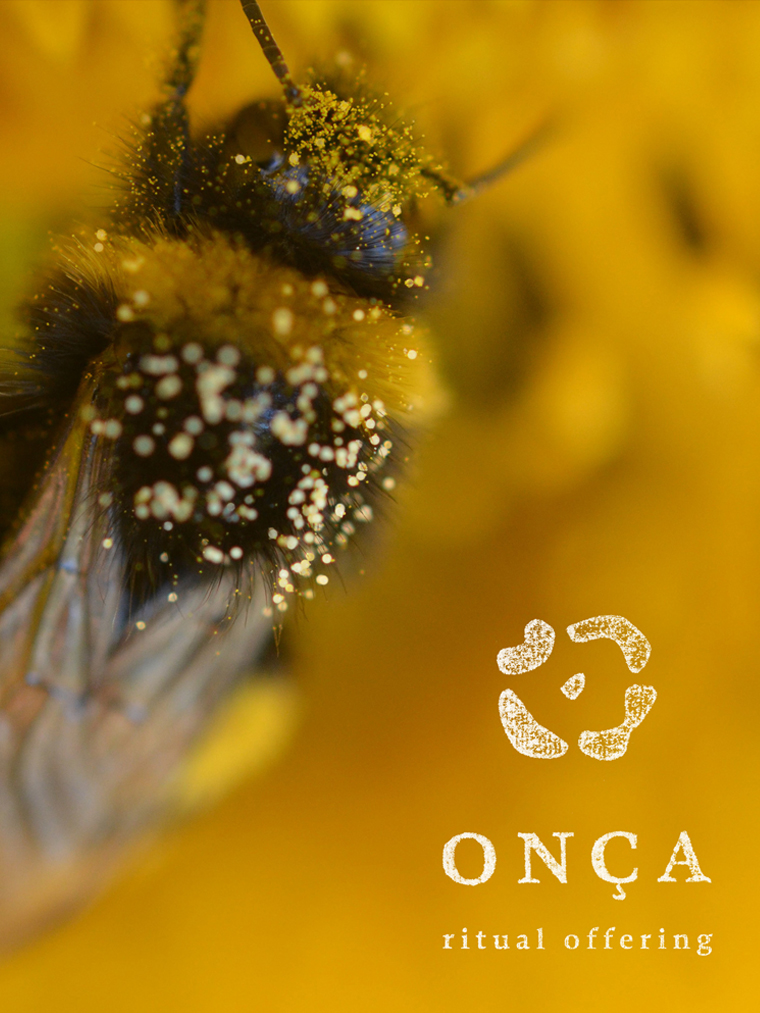
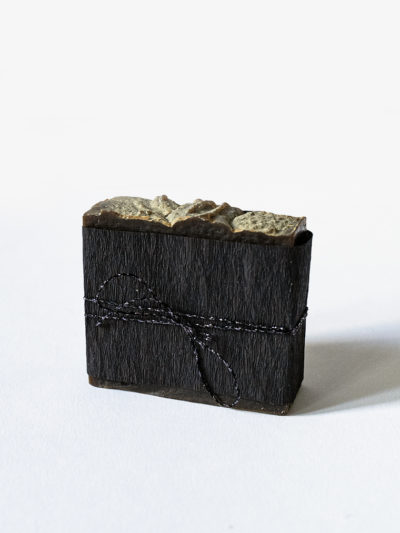
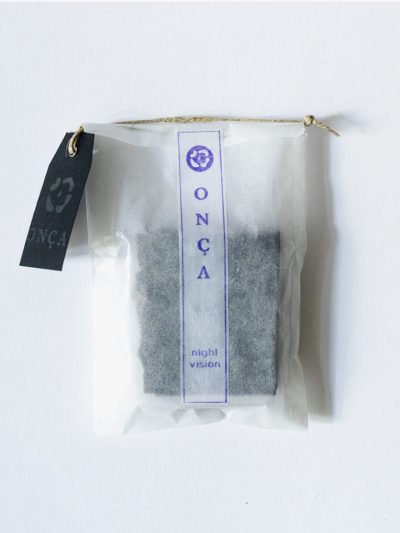
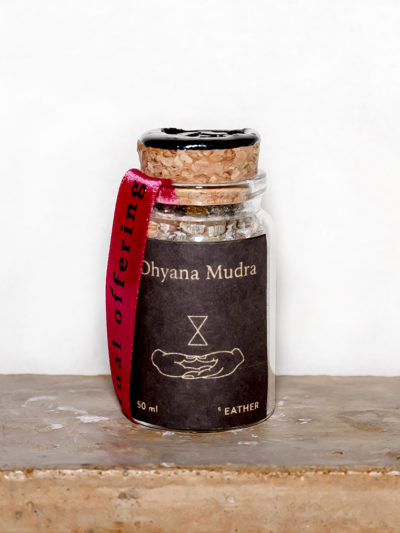
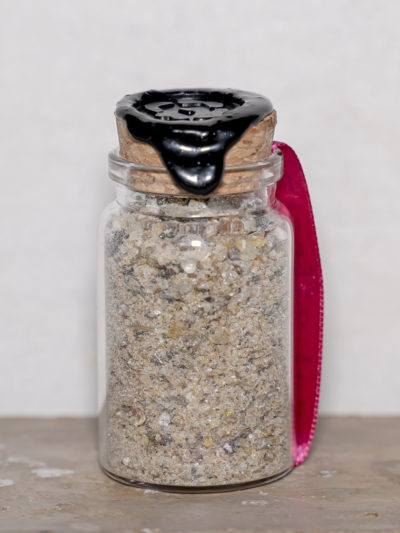
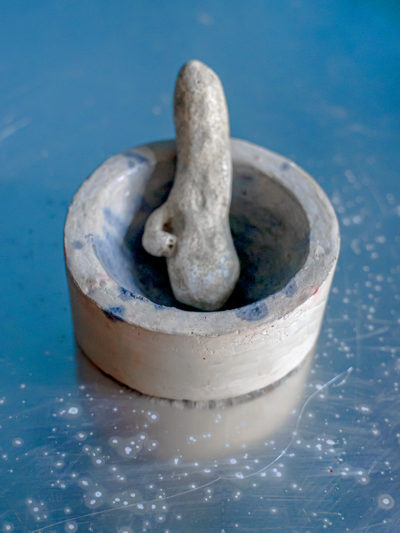
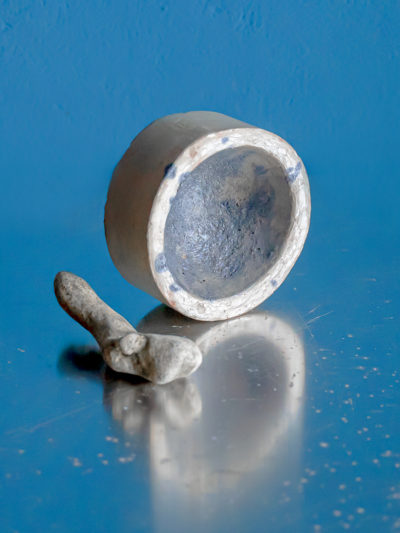
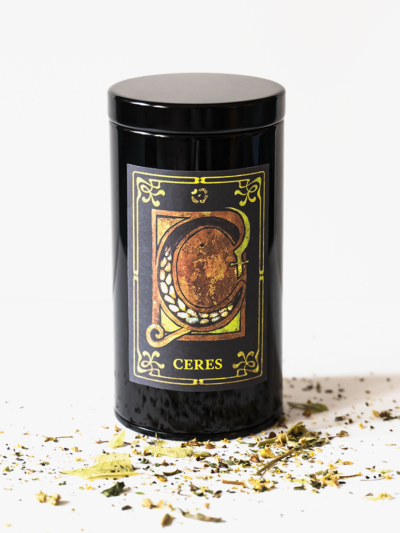
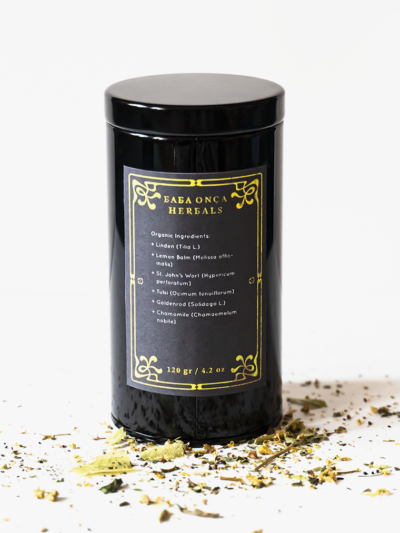

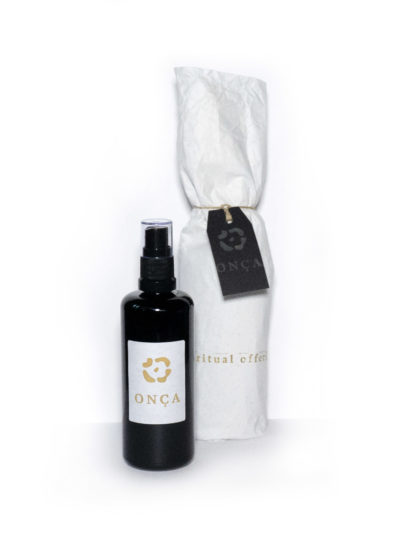
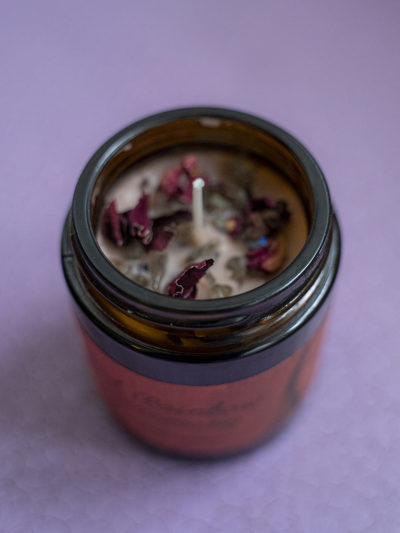
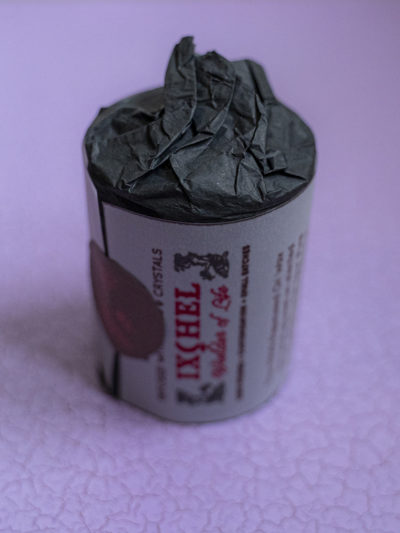
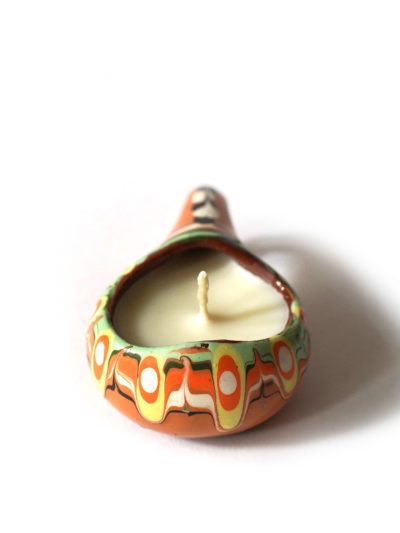
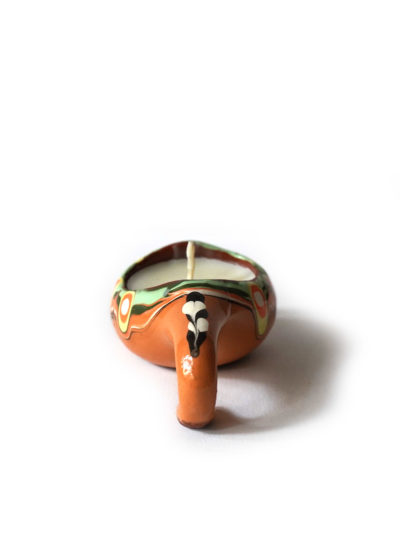
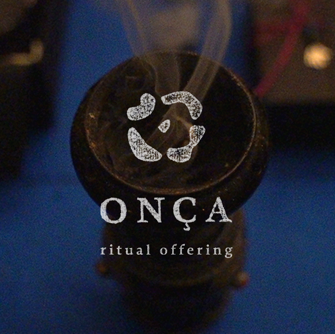



Reviews
There are no reviews yet.